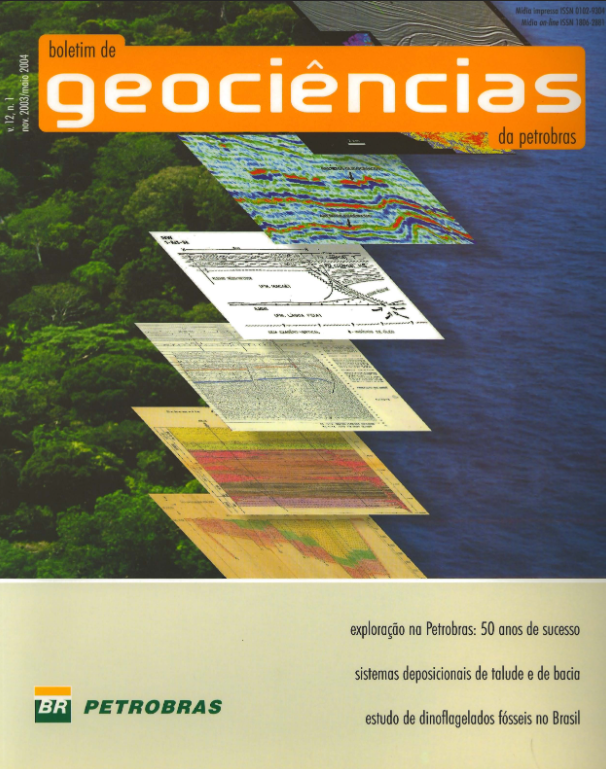Tilted blocks truncated by angular unconformities: learned lessons in combined entrapment of hydrocarbons, Ceará Basin, Northeastern Brazil
Keywords:
combined traps, tilted blocks, angular unconformity, Ceará BasinAbstract
The Curimã and Atum oil fields located in Mundaú Sub-basin of the Ceará Basin, are classical Brazilian examples of combined entrapment, provided by the erosional truncation of tilted blocks. In both fields the combined trap is made up of rotated blocks composed of Aptian rocks, truncated at the top by angular unconformity juxtaposing Aptian reservoirs and Albian-Turonian transgressive shales. Nearly 50 wildcats were drilled in the Ceará Basin after the discovery of those fields, aiming to the same trap model, all of them eventually unsuccessful. A recent analysis of the factors that led to such exploratory failure pointed out the sealing factor as a major cause for most of the dry holes. The absence of erosional truncation, the juxtaposition, either by fault or unconformity,of high net-to-gross sections, and the erosion or non-deposition of the transgressive shale, are some of the factors responsible for the inefficiency of the trap sealing. The main goal of this work is to report the results of such a study and the lessons learned by Petrobras concerning combined traps in the Ceará basin.
Downloads
Published
Issue
Section
License
This license enables reusers to distribute, remix, adapt, and build upon the material in any medium or format, so long as attribution is given to the creator. The license allows for commercial use.



